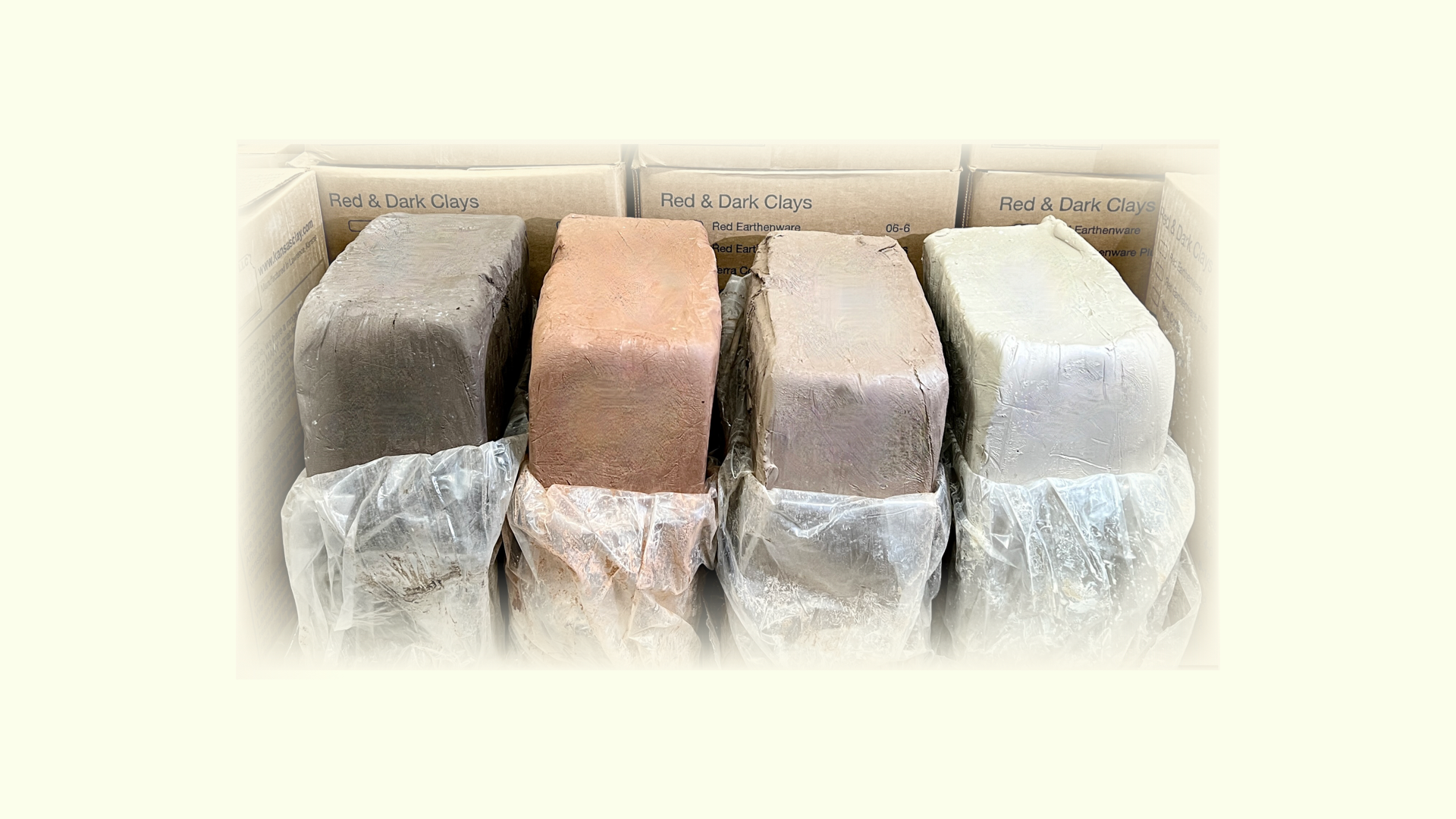Latex Resist
Latex Resist
Share this product
- Latex resist is pre-mixed and ready to use as is, although you may thin it with water if necessary.
- Mix a little liquid dish soap with water and put into a container. Before using latex, wet your brush in the soapy water to help brushability and cleanup (after you’re finished, you can use the same soapy water to clean your brushes).
- Don’t use “good” brushes! Latex will eventually ruin your brushes, even if you take extraordinary care when cleaning up.
- Don’t wear good clothes when using latex. It will stain and won’t wash out of clothing.
- Apply one (1) thick coat of latex when used to resist glazes. Thinner coats may be difficult to remove and could leave little bits of latex on your piece.
- The latex dries from the bottom up, so when the top surface of the latex starts to turn yellow, you can lift it up. Drying time will vary from about 15 minutes to two hours, depending on temperature and humidity (Pieces can be placed in the sun or in front of a fan to accelerate drying time). Use a needle tool to gently lift an edge of the latex, then pull gently but firmly with your fingers to remove the latex.
- Make sure to wear a dust mask when removing the latex. Dry glaze particles on top of the latex can create a lot of dust when pulling it off.
- On some occasions, the latex resist can pull up at the edges if it is left on too long, perhaps overnight or longer. (If the piece with the latex on it is already glazed, this isn’t a big issue, but don’t create detailed latex resist patterns and then plan to apply the glaze the next morning.)
- Although it is not recommended, latex can be left on a piece during the firing (not large areas, but little bits and pieces that might not pull off when the latex is applied too thin), but it leaves an ashy residue, and it is not known if it produces harmful or toxic fumes.
Tips from Marie Deborah Wald, longtime latex resist user (paraphrased & compiled by Bracker’s).
Hurry up, only 6 items left in stock.
Your payment information is authorized at checkout, your order is then reviewed by staff, and your payment is processed securely after your order is confirmed. We do not store credit card details nor have access to your credit card information.








